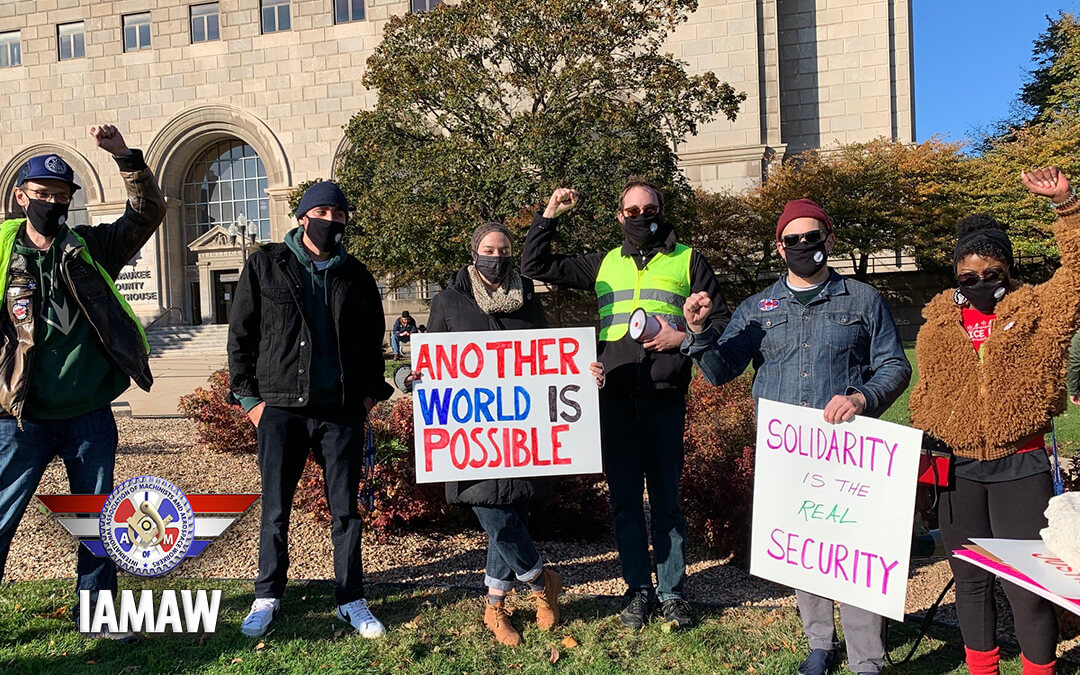
by Eric Price | Nov 17, 2020 | Featured, Featured News, Front Page, GOIAM Stories, Organizing, Page Five, Page Four, Page Three, Page Two, Row 2, Uncategorized
MILWAUKEE, Nov. 13, 2020 – A group of 141 employees of the Milwaukee Art Museum (MAM) voted by 72 percent to join the International Association of Machinists and Aerospace Workers (IAMAW). The vote was held over a three-week period via mail with the ballots tallied...
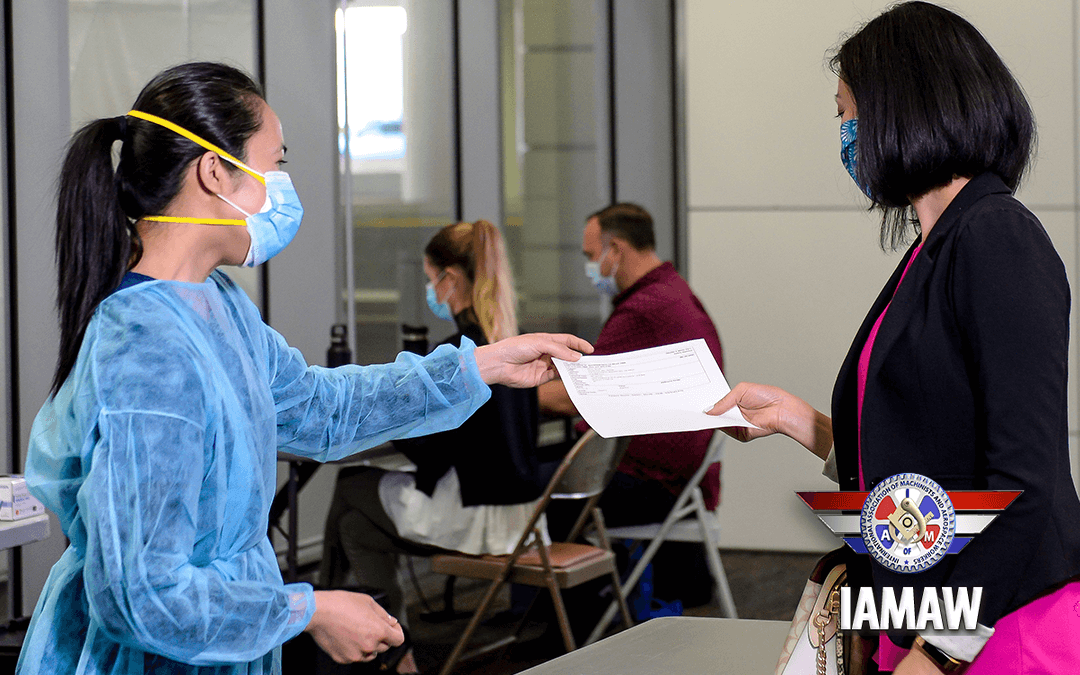
by Eric Price | Nov 16, 2020 | COVID, Featured, Featured News, Front Page, Page Five, Page Four, Page Three, Page Two, Perusals, Row 2, Safety, Safety, Uncategorized, United
Beginning today, United Airlines is rolling out a four-week trial program that will offer free, rapid COVID testing on flights from Newark Liberty Airport (EWR) to London’s Heathrow Airport (LHR). The new effort, which was first announced by the airline in...
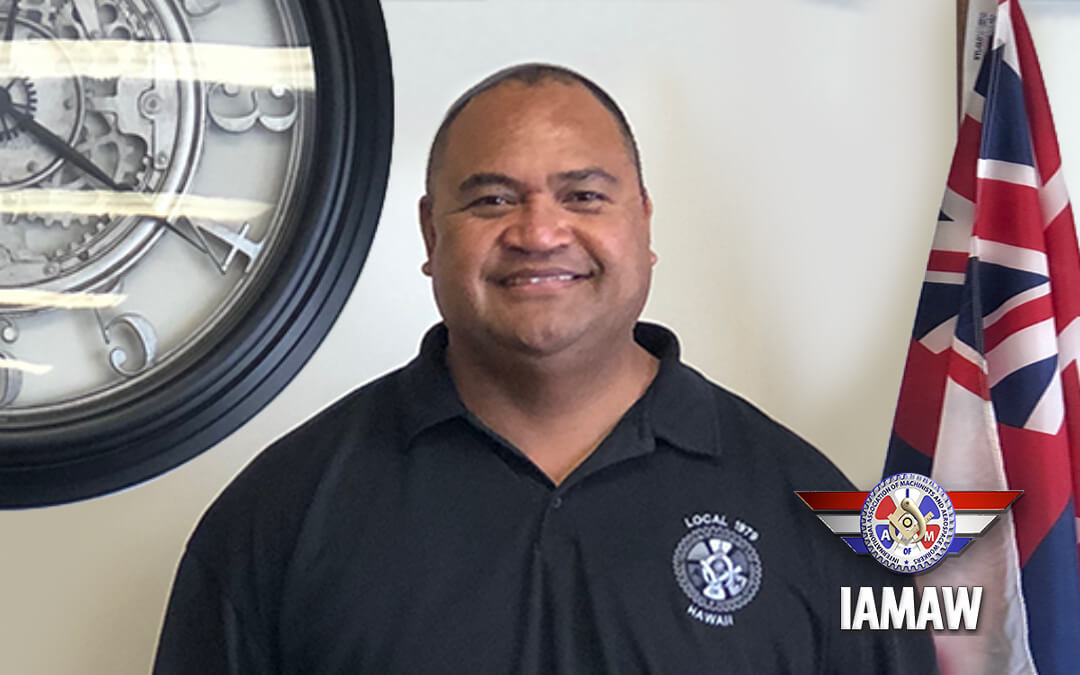
by Eric Price | Nov 13, 2020 | EAP, Featured, Featured News, Front Page, Hawaiian, Organizing, Page Five, Page Four, Page Three, Page Two, Perusals, Row 2, Video
IAMAW 141 Video Report: Meki Pei This week we travel over the Pacific once again via Zoom! This time, we’re meeting up with to speak with Meki Pei, President of Local 1979 in Honolulu. Brother Meki has had an incredible journey through our union, which he...
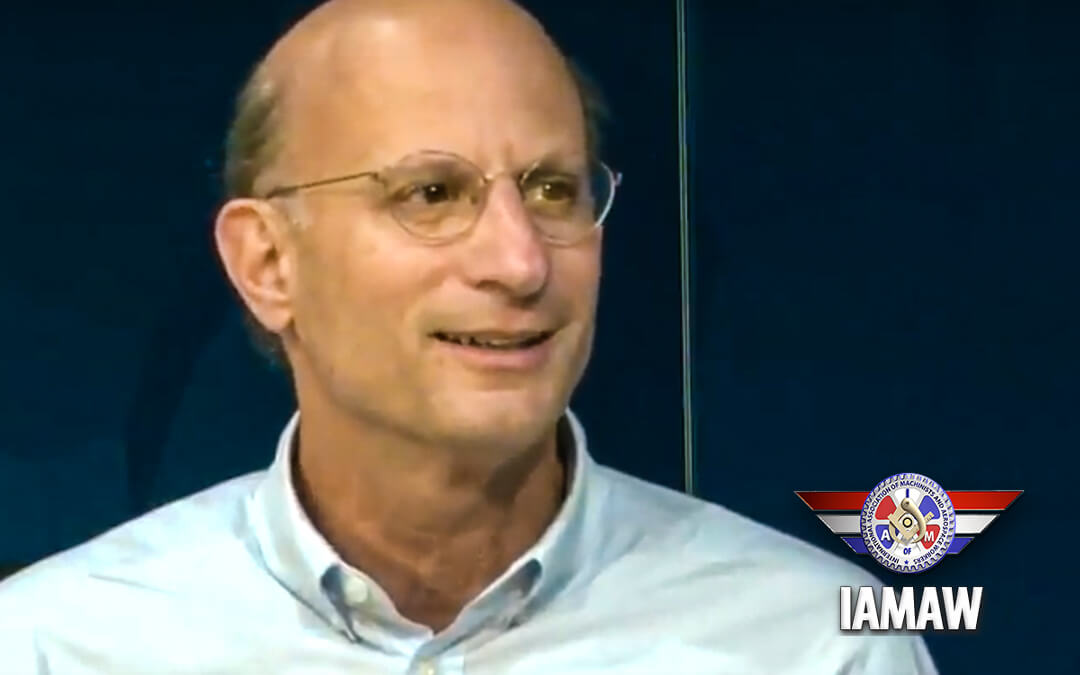
by Eric Price | Nov 12, 2020 | Featured, Featured News, Front Page, MNPL, Organizing, Page Five, Page Four, Page Three, Page Two, Perusals, Row 2
The Biden-Harris Transition announced on Tuesday their appointments to Agency Review Teams (ARTs), which will be responsible for evaluating the operations of key federal agencies to ensure a smooth transfer of power. Owen Herrnstadt, Esq., the Chief of Staff to the...
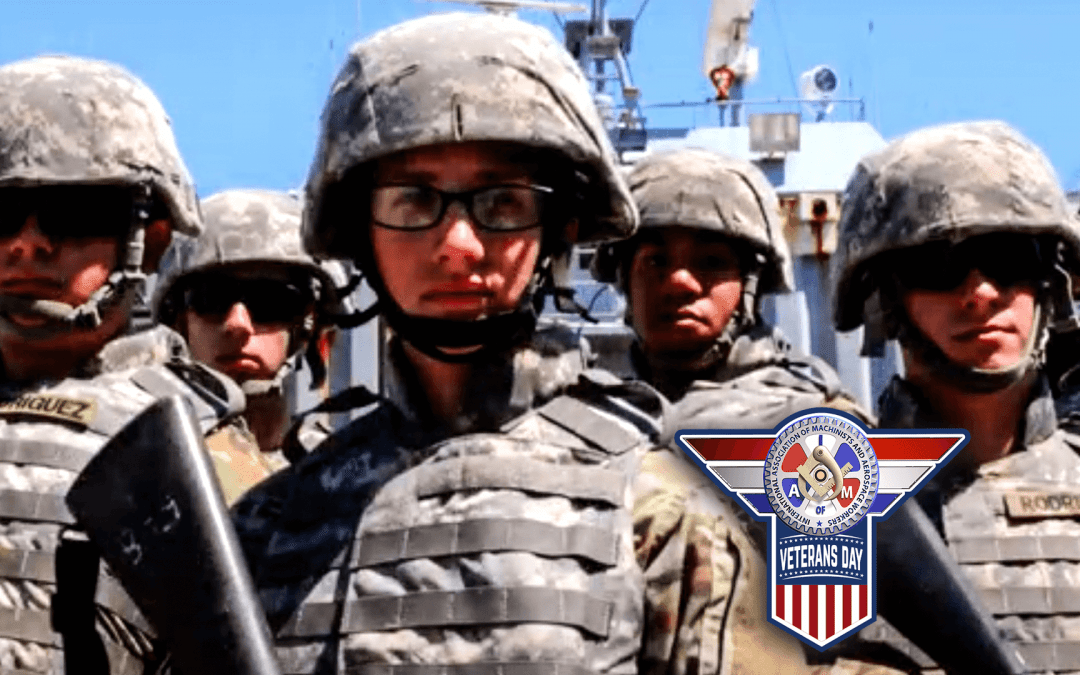
by Eric Price | Nov 11, 2020 | Community Service Page, Featured, Featured News, Front Page, Organizing, Page Five, Page Four, Page Three, Page Two, Perusals, Row 2, Uncategorized
A Veterans Day Message from IAMAW International President, Robert Martinez This Wednesday, we set aside a special day to honor the brave men and women who have stepped up and served our countries with military service. We owe a great amount of gratitude to our...
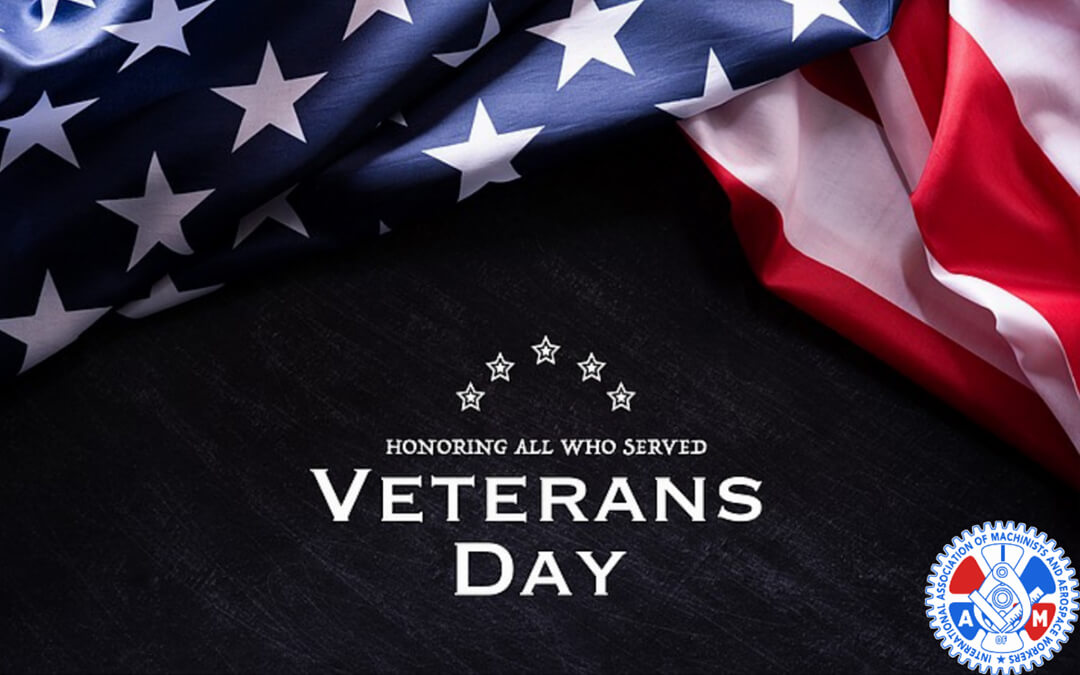
by Eric Price | Nov 11, 2020 | Community Service Page, Featured News, Front Page, Organizing, Page Five, Page Four, Page Three, Page Two, Perusals, Row 2, Uncategorized
Today, we celebrate Veterans Day. On this special day, let us pause and salute all who have served and honor the tremendous sacrifices made by members of the U.S. Armed Forces and their families to preserve our freedom. It is the courage, conviction and service of our...







